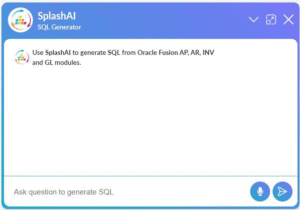Turnover rate is a top performance indicator for many HR organizations. It’s also one of the oldest HR KPIs. Along with headcount, we’ve been tracking turnover – formerly known as attrition – for decades.
I know this from personal experience. While an Assistant Personnel Coordinator in the 1980s, I spent two days every month preparing an attrition report using a calculator. When finished, I sent my handwritten report to a secretary to be typed into a memo, copied, and inter-office mailed to about 20 recipients. This was a lot of effort to get those few essential numbers.
Turnover is calculated by dividing average headcount for a period by the number of exits. It’s typically annualized so that a turnover rate of 10% means an organization loses 10% of its workforce over a year. For some high-volume positions, the turnover rate can be very high – over 500%.
Thanks to HR technology, we all have access to turnover rates without using calculators and printouts.
However, most of us measure only the overall turnover rate, which doesn’t tell the whole story. Overall turnover contains good exits, bad exits, and inevitable exits in one lump. We don’t know the ideal target rate for this KPI. We only know that a little turnover is good and a lot of turnover is bad.
Here are other types of easily measurable turnover:
Early turnover
measures the exit rate of new employees who haven’t yet had a performance evaluation. These people exited before we know how good they were. This number should be low when compared to overall turnover. A high early turnover rate may indicate recruiting or onboarding issues.
Regrettable turnover
examines the voluntary exit rate of good performing employees. The ideal number for this KPI is 0%. There is no “good” regrettable turnover.
Inevitable turnover
qualifies natural exit causes that can’t be easily avoided, such as employee retirement or death. This type of turnover rises in industries with aging skilled workforces.
Today, many HR leaders don’t measure overall turnover because it’s too vague to be actionable. Instead, they use early & regrettable turnover to identify issues. And they keep an eye on inevitable turnover.








